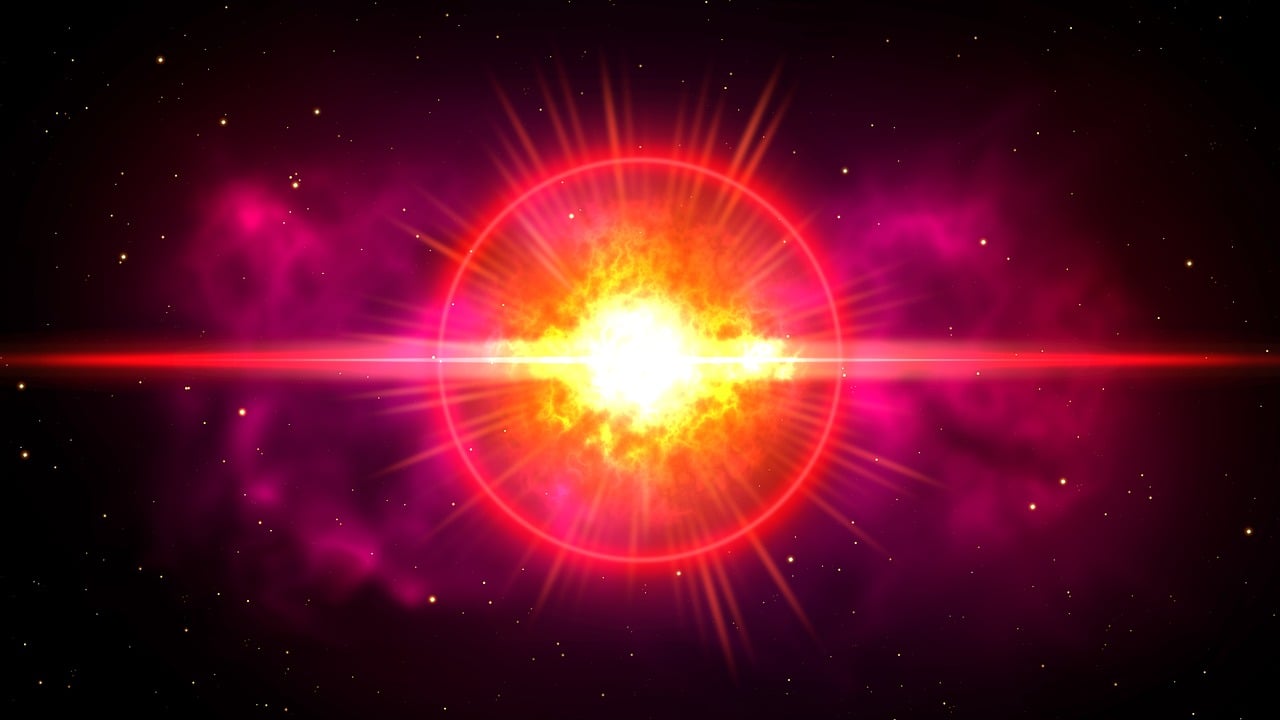According to NASA, the binary star system T Coronae Borealis, or TCrB, will go Nova anytime between now and September. This star system, located in the Northern Crown, 3000 light years away from Earth, will be visible to the naked eye.
This star last erupted in 1946, and astronomers say that this explosion occurs every 80 years; thus, this is a rare opportunity for us to watch a Nova explosion occur in the night sky.
This binary star system is usually very faint, +10 magnitude (impossible to see with the naked eye). But, during the Nova explosion, it will be +2 magnitude bright, which is nearly the brightness of the North Star ‘Polaris’.
What is a Nova explosion?
The Nova explosion is not an individual star phenomenon; it occurs in a binary star system such as the T Coronae Borealis. This explosion occurs when the unstable red giant star ejects the outer layers, and the companion white dwarf star collects this matter and heats up, causing a thermonuclear reaction and a bright explosion.
This does not destroy the stars completely, but rather only about 5% of the star material explodes; thus, it is called a ‘Nova’ and not a ‘Supernova’ (the explosion that leads to the death of a star).
A nova is a recurring event that occurs after a particular interval of time. in this case, being 80 years old. 10 such explosions are expected to occur in the Milky Way galaxy, and this event will be one of them.
Where to see this Nova explosion?

This Nova explosion ‘new star’ will be visible near the semicircular constellation Coronae Borealis, which is located near Hercules and Bootes. The star will be visible for 5 days at this location from everywhere on Earth.
How to see the Nova explosion?
Here are some tips to make the most of this celestial event:
- Viewing time and location: The Nova will occur anytime between now and September 2024. Astronomers cannot predict the exact date of this event. Keep an eye on the night sky and stay updated with us. Once you know the date, find a place with minimal light pollution and make sure the weather is clear.
- Necessary equipment: The Nova will reach +2 magnitude, which will make it as bright as the North Star, and thus it will be visible to the naked eye. Using a telescope or binoculars will enhance your experience.
- Photography tips: Get a DSLR camera with manual settings and a sturdy tripod to avoid blurry images. Play around with the exposure, shutter speed, and ISO settings to get the best results as per your location and conditions.
- Spread the curiosity: Indulging in such rare events with your friends and family spreads joy, cultivates curiosity, and familiarizes us with the wonders of the Cosmos.
Why are Nova’s so special?
Most of the Nova explosions are very faint and occur far away from Earth, making them harder to spot. This explosion is going to occur much closer, making it an easy catch. Studying the Nova explosions helps scientists understand more about the dynamics of binary star systems. This helps us get insights into the processes that lead to such explosions and their role in the evolution of the universe.
Will the Sun go Nova or Supernova?
It is important to note that not every star goes nova or supernova. Will the Sun go nova or supernova? To answer this, we must first understand what a nova and a supernova are.
Nova: As mentioned above, a Nova explosion occurs in a binary star system; this criterion is not fulfilled by the Sun as it is not a binary star system.
Supernova: A supernova occurs when a star with a mass eight times greater than the sun runs out of fuel and its core collapses, leading to an explosion. The sun is not big enough to go supernova; it will rather go through a much more silent transition from a red giant star to eventually a planetary nebula and then a white dwarf.
Conclusion: The sun will not go nova or supernova.

